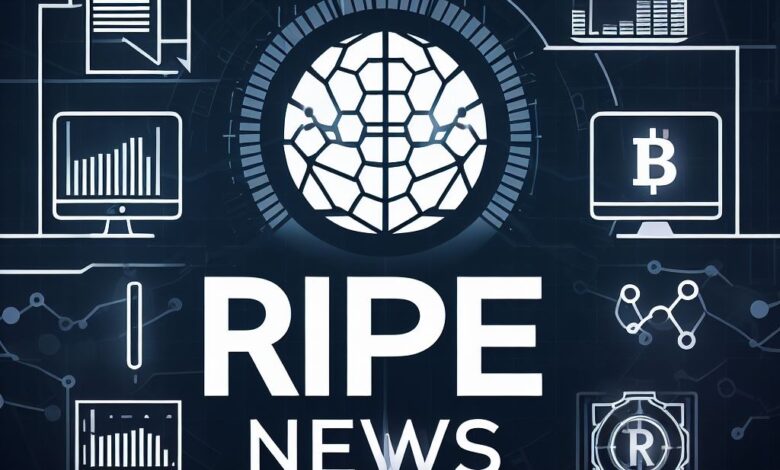A Year of Open Source and Proprietary Software Struggles

In the tech landscape, 2023 was marked by a series of upheavals that prompted users to reevaluate their reliance on proprietary technologies, turning their gaze toward open source alternatives. From social media platforms to artificial intelligence and infrastructure as code tools, the struggles between open source and proprietary software became increasingly apparent.
Twitter’s Exodus and the Search for Open Alternatives: Twitter’s decline under Elon Musk’s leadership fueled a quest for open alternatives such as Mastodon and Bluesky. This trend wasn’t unique to Twitter; throughout 2023, established technologies faced challenges, making users question their dependence on proprietary platforms.
OpenAI’s Rollercoaster and the Rise of Open Alternatives: The OpenAI fiasco in November, involving a temporary loss of key figures including CEO Sam Altman, prompted businesses to reconsider their reliance on OpenAI’s GPT-X models. This chaos opened doors for “open” alternatives like Meta’s Llama-branded family of large language models.
Adobe’s Bid, Unity’s Fee Structure, and the Surge of Open Source Challengers: Adobe’s failed bid to acquire Figma led to a surge in signups for the open source Figma challenger, Penpot. Similarly, Unity’s controversial fee structure prompted developers to explore open source rival Godot. These instances highlighted how disruptions in proprietary technologies spurred interest in open source alternatives.
Struggles Within the Open Source Community: While the tension between open source and proprietary software was evident, internal conflicts within the open source community also came to the forefront. HashiCorp’s shift in Terraform’s license to the Business Source License (BSL) triggered a fork by a vendor-led faction, creating OpenTofu under the Linux Foundation’s governance. The move raised questions about the balance between commercial interests and community-driven development.
Matrix Protocol’s Licensing Shift: Element’s transition of core elements of the Matrix communication protocol to a less-permissive AGPL open source license stirred controversy. The move, aimed at curbing proprietary Matrix-based software, emphasized the challenges companies face in maintaining open source projects while fending off competition relying on their code.
The Dual Nature of Open Source: The events of the past year underscored the dual nature of open source software. While it provides an escape from vendor lock-in associated with proprietary platforms, companies can, in turn, alter terms of engagement for commercial protectionism. The struggles witnessed in 2023 serve as a stark reminder of the power and perils embedded in the realm of open source technology.


